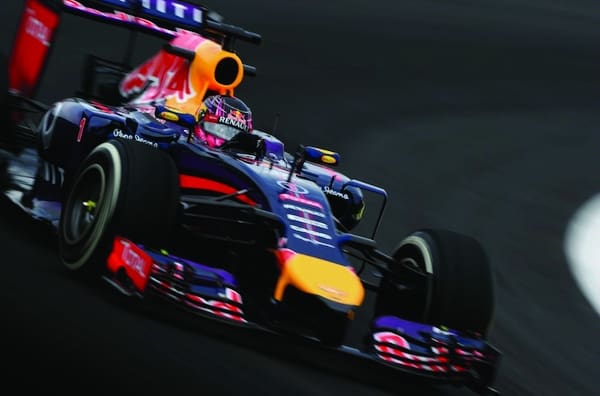The deployment of new safety features is being held back by the "ludicrous idea" that motor racing should be dangerous writes our anonymous blogger
As one of the many fans of Formula 1 I am intrigued by the suggestion of adopting an additional structure to protect the driver’s head. As a professional engineer I cannot help but question the decision process. The currently favoured option has a vertical “blade” in front of the driver and on the centre line of the car, the upper end of which has a horizontal element consisting of a half elliptical perimeter rail feeding back to the headrest. It has been widely, and sadly accurately, compared to the retaining thong of a flip-flop.
Motor racing has become a lot safer over the past 30 years or so but in the open wheel formulae the driver’s head is still exposed
Motor racing has become a lot safer over the past 30 years or so but in the open wheel formulae the driver’s head is still exposed. Massa nearly died a couple of years back when he was hit by a spring that fell out of a car he was following, Henry Surtees was less fortunate still when hit by a wheel. The severity of injury, even with the additional safety structure, may possibly have been the same in each case but clearly there would also have been a very good chance of the errant pieces of debris being deflected.

Looking at it from a purely engineering point of view I believe that as the structure sits in an area of relative turbulence it would add minimal drag. The mounting points are on the existing safety cell so little additional material is likely to be required in the tub and the structure itself will add little weight, albeit high above the roll centre. Finally, I have not seen any problems regarding obstructed vision being reported from the testing. I know that Formula 1 is all about chasing minute advantages wherever you can find them but I wonder if the change in the car would even be measurable across 10 laps in a race?
The novel solution, to preserve life where practical, is surely central to our professional values
The problem is that not all those involved are keen to take up the idea, in particular Lewis Hamilton has been vocal in his objections. The main arguments that I can find against it are centred on the aesthetics and the – to me ludicrous – idea that motor racing needs to have an element of danger. I wonder, where are the engineers' voices in all this? I have been fortunate to work in fields where there are inherent risks and an implicit duty to design in safeguards beyond legislative requirements. Assuming that such a safety device is not currently precluded then why not design it in before it is mandatory? Going further, should the adoption of this type of device within the rules get stalled then I say the engineers should take the lead and force the issue. The novel solution, to preserve life where practical, is surely central to our professional values?




April 1886: the Brunkebergs tunnel
First ever example of a ground source heat pump?